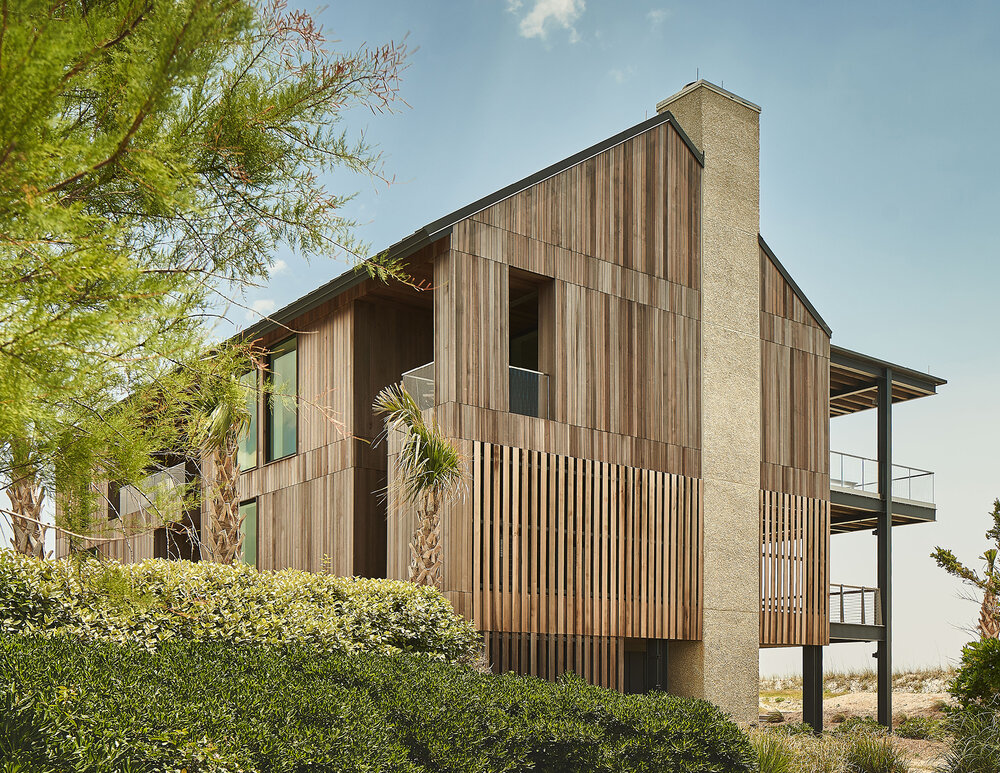Ike Isenhour calls himself a reductionist.
His brand of interior architecture embraces the art of the essential. It’s not minimalism, but it is about how to take away a lot of the problems in life. In a world where an endless amount of stuff is available 24/7, he favors limits.
For example: After he’d designed his first villa in Florence, the couple who commissioned him eventually divorced. One of them moved to a smaller space, where Isenhour counseled careful consideration.
“I said: ‘Hey – what’s important?’” he says. “You don’t need a vast collection – you need to edit down. You need to ask what the space wants to be, and then everything you put into it reinforces that – it’s rationalism, in a way.”
A number of his clients hire him because they too have collections – some of Renaissance art and others of Venetian glass. And it’s those collections – not a series of decorative objects – that drive his designs.
“It’s all about the detail – that’s where the personalization comes in,” he says. “It’s not about ornamentation, but how to express functionality and personalize and design to a client’s needs.”
An architect by training – he graduated from the University of Texas in 1993 – Isenhour finds himself designing interiors mostly, particularly in Italy.
“I do a lot of remodels and renovations, but when I work in Tuscany I can do anything to interior but can’t do anything outside,” he says. “You can’t add anything at all, so you learn how to maximize the interior experience and how to use not just furniture, but everything. You have to imagine how a space can work most effectively.”
That applies especially to the interior of a Bombardier Global Express, a private jet. There, the space is limited and there are certain givens, like the placement of the galley and restrooms. That spurred Isenhour’s imagination for seating design.
“There were details like tufting – and that’s a very intimate level of detail,” he says.
And he’s got the reductionist’s eye for that.
[slideshow id=1218]

